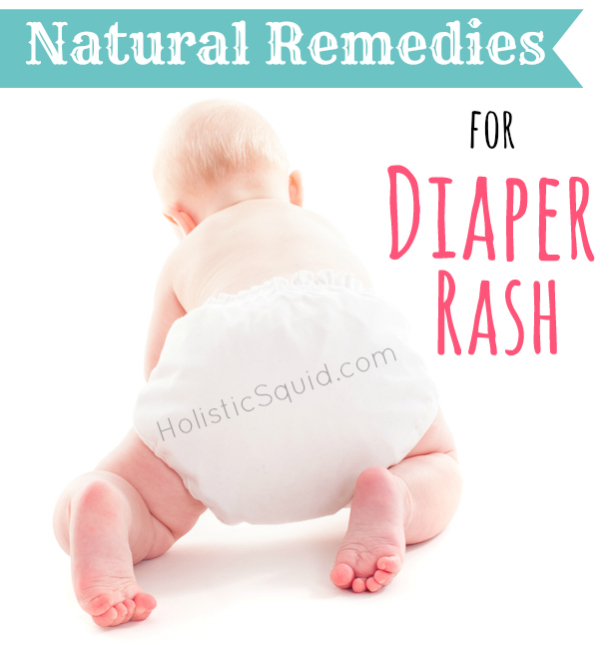
Along with the joys strangely scented baby poo, new parents may notice something else when changing their baby's diaper. If you didn't know, diaper rash is a common source of frustration for parents and babies. The bright red breakout on the skin of baby's bottom, thighs and genital area cause baby pain and discomfort and sends parents scrambling for treatments that work fast
Diaper rash may be caused by
- Moisture on the skin that's trapped within the diaper
- Repeated or prolonged contact with urine or feces
- Irritation from fabrics or chemicals
- Allergies to foods
- Diarrhea
- Thrush, which is an infection caused by Candida yeast.
Natural remedies for diaper rash are the best solution, as many conventional products on the market today can actually contribute to or cause redness or irritation.
Prevention and natural remedies for diaper rash
#1 – Go green
Dyes, perfumes, and chemicals in disposable diapers can cause diaper rash, and so can close-fitting “snug” diapers that restrict air flow. Use cloth or all natural, chlorine free disposable diapers which both have the added benefit of being kind to the environment.
There are many great, user friendly cloth diapers available today, so if the thought of diaper pins and plastic covers puts you off, take a second look.
In disposable diapers, the best option currently is Nature Baby Care available at Target stores and at Diapers.com. These award-winning diapers fit great and are 100% biodegradable, chlorine-free and safe for baby's bottom.
#2 – Rinse well
If you're using cloth diapers follow the manufacturer's laundering instructions, and use soap or detergents without fragrances or other added chemicals.
Follow with a clear water rinse after regular washing to be sure residue isn't causing the rash.
#3 – Give him some air
For some babies, even slight wetness can cause irritation.
Change baby's diaper frequently. Allow baby's bottom to dry completely and leave diapers off for at least a few minutes after a diaper change as often as possible.
Allow baby to be diaper-less for at least 20 minutes, 2 to 3 times a day between diaper changes.
#4 – Get the wipes right
Avoid using soaps and conventional baby wipe cloths on baby's bottom. Plain warm water and washcloths will do the trick. Experiment with natural, alcohol-free wipes like Water Wipes, which are gentle enough for baby's skin.
When bathing, don't scrub, and afterwards pat dry only.
#5 – Creams and ointments
These work by providing a barrier for baby's skin from moisture and other irritants.
For prevention and minor irritation, apply a natural oil barrier every time you change baby's diaper. Though you can use regular olive, coconut, almond, or sesame oil, a thicker salve may be easier to apply.
My personal favorite is Mother Love for Diaper Rash and Thrush, an organic salve that's herbal components prevent and treat minor to more severe rashes.
For an occasional red, angry rash, try Mother Love as above or a natural product with zinc like California Baby which provides a thicker barrier than oil or salve.
Avoid
- All products with petroleum which can actually cause skin to dry out with extended use.
- Cornstarch which can feed a yeast condition
- Talc powder which can be toxic to baby's skin and lungs.
For babies eating solids
Introduce new foods slowly.
Give your baby 3 to 5 days to adjust to a new food before making another addition to rule out potential allergies. Allergic reactions such as diaper rash will show up within that time frame.
How to manage persistent diaper rash
In most cases, baby's diaper rash will improve or clear up completely in a day or two using these natural treatment options. But if the rash becomes a chronic issue, an internal yeast imbalance – often called candida or thrush – may be the cause.
Read more about treating thrush here.
If the rash persists, more intense and blisters or crusted areas form, or is accompanied by a high fever and loss of appetite, consult with your pediatric practitioner.
photo credit: theodens
What are your favorite natural remedies for diaper rash?



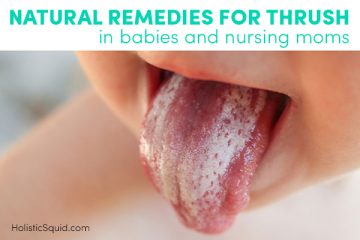

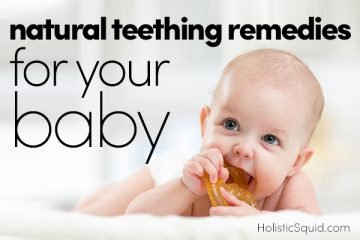

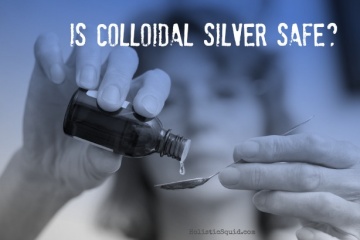


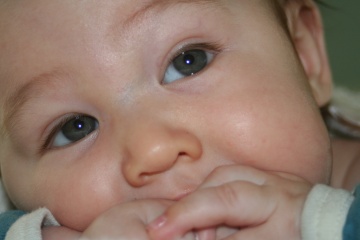

Why are babies so prone to thrush/candida?
Hi Mary – According to Chinese medical theory, all babies are born with weak digestive energy. Throw this on top of poor maternal diets, birth control pills, and antibiotic use, and it’s no wonder that babies have gut flora imbalance.
i found this great website for homemade baby wipes. one of the ingrediants calls for 2 Tablespoons of Liquid Castille Soap (I use Dr. Bronner’s) but on your sit you say to not use soaps on your baby. does this soap count? if it doesn’t, what can i use instead? thanks!
A bit of castille soap is probably fine. Let us know how it works out!
I just wish to let you know that the Nature’s Babycare diapers are not 100% biodegradable. There are, however, 100% biodegradable diapers out there, but they need to be composted at a special plant. The Nature’s Babycare must be put in the regular garbage and will not biodegrade in the landfill, which is lined with plastic, unfortunately.
http://www.naty.com/faq/environment/
Hii All,
Cleanse your baby’s delicate skin without harming it the u should use Kara Baby Care Cleansing .
Wipes. and it work it i am also use for my baby.
Work it- http://www.karawipes.com/babycarewipes.html
I can’t figure out how to order these wipes. The website won’t let you? Strange.
We use disposable diapers/wipes by The Honest Company. You have to order them online, but they are WONDERFUL – free of all common chemicals found in most disposable diapers. After we started using these diapers my daughters’ diaper rash cleared up completely.
We used those exclusively for 16 months. After the first year my daughter started getting a rubbing rash from the sides of those diapers. They seem rougher than they used to be, so we stopped using them. Rubbing rash all most gone.
Did you order from their site?